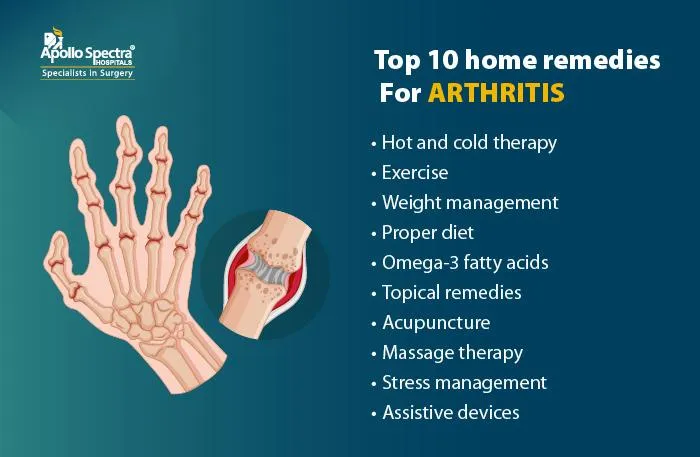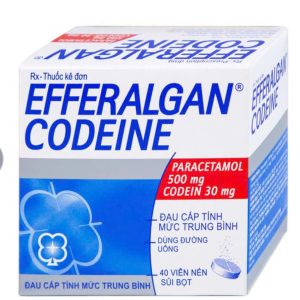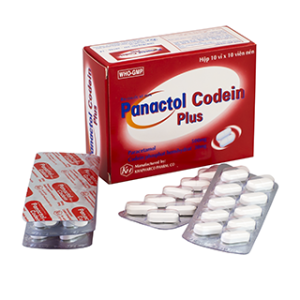We deliver to you every day from 7:00 to 23:00
The best discounts this week
Every week you can find the best discounts here.
How Do I Treat Joint Pain from Arthritis?
Arthritis is a common condition that causes pain, swelling, and stiffness in the joints. It can affect people of all ages and backgrounds, but it becomes especially prevalent as we age. If you’re living with joint pain from arthritis, you may wonder how to manage or even relieve the discomfort. In this guide, we’ll explore various ways to treat arthritis pain and help you maintain an active and healthy lifestyle.
Understanding Arthritis and Joint Pain
Arthritis refers to a group of over 100 diseases that affect the joints, with osteoarthritis and rheumatoid arthritis being the most common types. Osteoarthritis (OA) is a degenerative disease where the cartilage in the joints breaks down, leading to pain and stiffness. Rheumatoid arthritis (RA), on the other hand, is an autoimmune disease where the body’s immune system attacks the synovium (lining of the joints), causing inflammation and joint damage.
Joint pain from arthritis can range from mild discomfort to severe pain that affects daily activities. Managing this pain is crucial to maintaining your quality of life.
Common Symptoms of Arthritis
The symptoms of arthritis can vary depending on the type and severity of the condition. However, common signs include:
-
Joint pain that worsens with movement.
-
Stiffness, especially in the morning or after periods of inactivity.
-
Swelling around the joints.
-
Reduced range of motion and difficulty moving the joint.
-
Warmth around the affected joints.
Recognizing these symptoms early can help in getting the right treatment and avoiding further joint damage.
:max_bytes(150000):strip_icc()/arthritis-knee-pain-treatment-at-home-5100961_final-042c7c7e2ab14735b3b838920fcca190.jpg)
Medical Treatments for Arthritis Joint Pain
If you’re dealing with arthritis, there are various medical treatments available to help manage the pain. Some of the most common treatments include medications, physical therapy, and even surgery for more advanced cases.
1. Medications for Pain Relief
Several medications can help manage arthritis pain, including NSAIDs (nonsteroidal anti-inflammatory drugs), acetaminophen, and disease-modifying antirheumatic drugs (DMARDs). NSAIDs like ibuprofen and naproxen can reduce both pain and inflammation, making them a popular choice for osteoarthritis and rheumatoid arthritis.
NSAIDs
NSAIDs are effective in reducing inflammation and pain, but they should be used with caution due to potential side effects like stomach ulcers and kidney damage with long-term use.
Acetaminophen
Acetaminophen (Tylenol) is a non-inflammatory pain reliever often used for mild pain. While it doesn’t address inflammation, it can still help reduce discomfort.
DMARDs and Biologics
In the case of rheumatoid arthritis, DMARDs and biologic drugs may be prescribed to slow down disease progression and control inflammation. These drugs modify the immune system’s response to reduce damage to the joints.
2. Physical Therapy
Physical therapy (PT) is often recommended to help improve the function of the affected joints. A physical therapist will guide you through exercises designed to increase strength, flexibility, and joint stability. This can alleviate some pain and prevent further deterioration of the joint.
Benefits of Physical Therapy:
-
Strengthening the muscles around the affected joints.
-
Improving joint flexibility and mobility.
-
Reducing the risk of joint deformities.
3. Corticosteroid Injections
For individuals with severe pain, corticosteroid injections directly into the joint may offer temporary relief. These injections reduce inflammation and pain but are not a long-term solution. They can be effective for those dealing with flare-ups or more intense joint pain.
4. Surgical Options
If arthritis pain is severe and other treatments aren’t effective, surgery may be necessary. Some options include:
-
Arthroscopy to remove damaged tissue.
-
Joint replacement surgery to replace the damaged joint with an artificial one.
-
Fusions of joints in cases of severe arthritis.
These treatments are usually considered when the condition has significantly impacted your quality of life and other methods have not been successful.
Natural and Home Remedies for Arthritis
While medical treatments are essential, many people also find relief from arthritis pain through natural remedies and home treatments. These approaches can complement medical care and provide additional comfort.
1. Hot and Cold Therapy
Hot and cold compresses can be applied to the affected area to help relieve pain and swelling. Heat can increase blood flow and relax muscles, while cold can numb the area and reduce swelling and inflammation.
-
Heat: Try using a warm towel, heating pad, or warm bath for soothing relief.
-
Cold: Apply an ice pack wrapped in a cloth to reduce inflammation.
2. Herbal Remedies
Several herbal remedies have been shown to have anti-inflammatory properties. Some popular options include:
-
Turmeric: Contains curcumin, which has powerful anti-inflammatory effects.
-
Ginger: Known for its ability to reduce inflammation and pain.
-
Boswellia: An herbal supplement often used for managing osteoarthritis pain.
Always consult a healthcare provider before using any herbs to ensure they are safe and won’t interact with other medications.
3. Dietary Changes
A healthy diet plays a crucial role in managing arthritis pain. Anti-inflammatory foods can help reduce the severity of symptoms. Consider incorporating the following into your diet:
-
Omega-3 fatty acids found in fish like salmon and sardines.
-
Fruits and vegetables, especially those rich in antioxidants like berries, spinach, and kale.
-
Whole grains, nuts, and seeds.
On the other hand, try to reduce or eliminate foods that promote inflammation, such as processed foods, excessive sugar, and refined carbohydrates.
4. Exercise and Weight Management
Maintaining a healthy weight is crucial for reducing the stress on your joints, particularly weight-bearing joints like the hips and knees. Regular low-impact exercises like swimming, walking, or cycling can help keep your joints flexible and reduce pain.
Exercising not only strengthens muscles around your joints but also improves circulation and overall joint health. Always consult a healthcare provider before beginning a new exercise regimen.

Lifestyle Changes to Manage Arthritis Pain
In addition to medical and natural treatments, making certain lifestyle changes can help you manage arthritis more effectively.
1. Rest and Sleep
Getting enough rest is essential for managing arthritis pain. However, it’s also important to avoid prolonged periods of inactivity, as this can lead to joint stiffness. Balance rest with light activity to maintain joint mobility.
Adequate sleep is equally crucial. Poor sleep can exacerbate pain and inflammation. Make sure to create a restful sleeping environment and stick to a consistent sleep schedule.
2. Stress Management
Chronic stress can worsen arthritis symptoms by triggering inflammation. Mindfulness techniques, such as meditation, deep breathing exercises, or yoga, can help reduce stress levels and improve your overall well-being.
FAQs about Arthritis and Joint Pain
Q1: Can arthritis pain go away completely?
Arthritis is a chronic condition, and while pain may subside with treatment, it generally does not go away completely. The goal is to manage the pain and prevent further joint damage.
Q2: Is surgery the only option for severe arthritis pain?
No, surgery is typically a last resort. Most people can manage arthritis pain through medications, physical therapy, and lifestyle changes. Surgery is considered when other treatments do not provide sufficient relief.
Q3: Are there any foods that worsen arthritis symptoms?
Yes, some foods can trigger inflammation in people with arthritis. These include processed foods, sugary snacks, and red meat. It’s best to avoid these and focus on a diet rich in fruits, vegetables, and healthy fats.
Q4: How long does it take to see results from physical therapy?
The length of time it takes to see results from physical therapy depends on the severity of your arthritis and your commitment to the exercises. Many people notice improvements in pain and mobility within a few weeks.
Conclusion
Arthritis can be a challenging condition to manage, but with the right treatments, you can significantly reduce joint pain and improve your quality of life. A combination of medical treatments, natural remedies, and lifestyle changes will help you manage arthritis pain effectively. Always consult with a healthcare provider to determine the best treatment plan for your needs.
For more resources and tips on arthritis management, visit DUYTHIN.DIGITAL.











